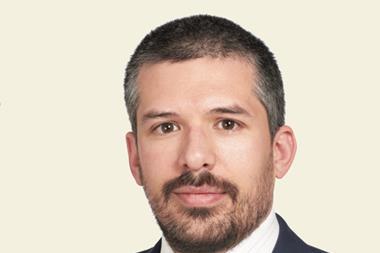Balanced multi-asset management is making a comeback. Stephen Oxley hopes the mediocrity of the CAPS Median Fund doesn’t come with it.
Balanced multi-asset management was the way many UK pension funds ran their investments 10 or 15 years ago. One or two active managers with a total fund brief - bonds, equities and cash - tried to add value by making smallish bets against a rather unusual benchmark.
Value was added (or detracted, more often) using tactical asset allocation - which piece of the fund to weight or underweight - and stock selection - what securities to hold. The unusual benchmark was the CAPS Median Fund: a monstrous creation of the consultants, it was based on the performance and tactical weighting of the average fund. In the end, it succumbed to its own mediocrity.
After that, UK pension funds went into a specialist phase, as consultants recommended ‘best in class’ managers running single-asset portfolios, often with a global macro hedge fund (sorry … ‘TAA manager’) doing the top-down bit. Now, balanced is back in a new and vibrant way in the shape of multi-asset investment - one of the fastest growing segments in the European asset management industry.
Data from Bank of America Merrill Lynch shows a group of these funds to be alarmingly clustered. It is to be hoped that it doesn’t lead to the resurrection of anything like the Median Fund, which was as much a comfort blanket for the managers as it was to the clients and led to business risk management rather than investment innovation.
Stephen Oxley is managing director at Pacific Alternative Asset Management Company












No comments yet